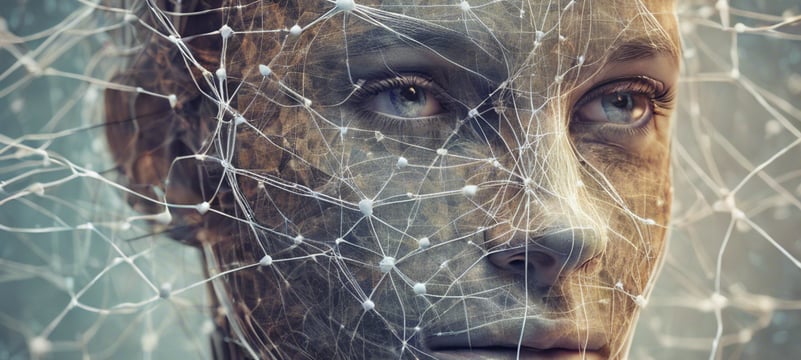An Overview of Neural Networks
Neural Networks Unveiled


Introduction
In artificial intelligence, there is one technology, Neural Networks, which has been at the forefront of significant advancements. Neural networks are designed based on the intricate structure of our brains. They have propelled AI to new frontiers and serve as the foundation on which many AI applications are built. Here we take a deep dive into neural networks discussing both an overview and details on how they work.
I. Neural Networks in a Nutshell
Neural network is fundamentally a computer-oriented model which functions like human mind processing information. Organized in layers, they are made up of these complex structures involving interconnected nodes or neurons dedicated to performing functions during information processing. These networks learn through adjusting weights assigned to connections established between its nodes to identify familiar patterns, predict future outcomes and execute tasks more accurately.
II. Neural Network Anatomy: Layers, Neurons, Weights
Neurons: The Building Blocks
Overview:
The basic unit of information processing in the human brain is simulated by neurons.
Input is received by each neuron, processed and output is produced.
Layers: Information hierarchies
Overview:
Every neural network consists of input, hidden and output layers.
Information flows from inputs – the first layer, gets processed by the neurons, then it flows further into other layers with increasing complexity resulting in a final output.
Weights: Fine-tuning the network
Overview:
The neural network adjusts its weight during training based on the data it sees. It will strengthen its connections that will help it make accurate predictions and weaken the connections that lead it to produce errors.
III. Learning in Neural Networks: Strategies and Applications
Supervised learning: learning by example
Overview:
Image and speech recognition are examples of Supervised learning. Data is trained on labeled datasets.
Recurrent Neural Networks (RNNs) and Convolutional Neural Networks (CNNs) are the two of the most popular architectures.
Unsupervised learning: discovering hidden patterns
Overview:
Unlabeled datasets: Data is trained on unlabeled datasets.
Clustering: Grouping things into similar levels. E.g. Organizing customer in different segments based on their buying habits.
Dimensionality Reduction: Decreasing the number of variables without losing crucial information. E.g. Image compression, speech compression
Reinforcement learning: learning through interaction
Overview:
Trial and error: Agents learn by trial and error.
Applications: They are widely used in autonomous systems, robotics as well as gaming among others.
IV. Transformative Uses of Neural Networks
Computer Vision: Seeing The Unseen
Overview:
Neural networks: Neural networks are behind image analysis, object detection, amongst other things.
Applications: Medical images being diagnosed by software algorithm are the best examples of this.
Natural Language Processing: Making Sense of Words
Overview:
Language models: In understanding human languages, the potential for neural networks is shown by language models like BERT or GPT-3.
Healthcare: Diagnosis And Prediction
Overview:
Medicine: In medicine, during MRI scans for image analysis and disease diagnosis for prediction purposes, neural networks play a vital role.
Drug Discovery: In drug discovery and personalized medicine, neural networks play a very important role.
Finance and Business – Decision Making based on Data Analysis
Overview:
Finance: In the finance domain, neural networks play a vital role in fraud detection, risk analysis and forecasting.
Business: Neural networks play a vital role in customer relationships and business forecasting, i.e. managing stocks, bonds, etc.
V. The Road Ahead: Challenges and Innovations
Despite all the important advances in AI, challenges such as interpretability, overfitting or the need for huge amounts of labelled data remain. However, AI presents a huge potential for development in future along with the integration of neural networks.
Conclusion
In the ever-evolving landscape of artificial intelligence (AI), neural networks are a reminder of human potentialities without boundaries. They mimic the human brain and can help solve problems from medicine to telecommunications. Overall, we can see that neural networks are an integral part of AI and have a promising future.
